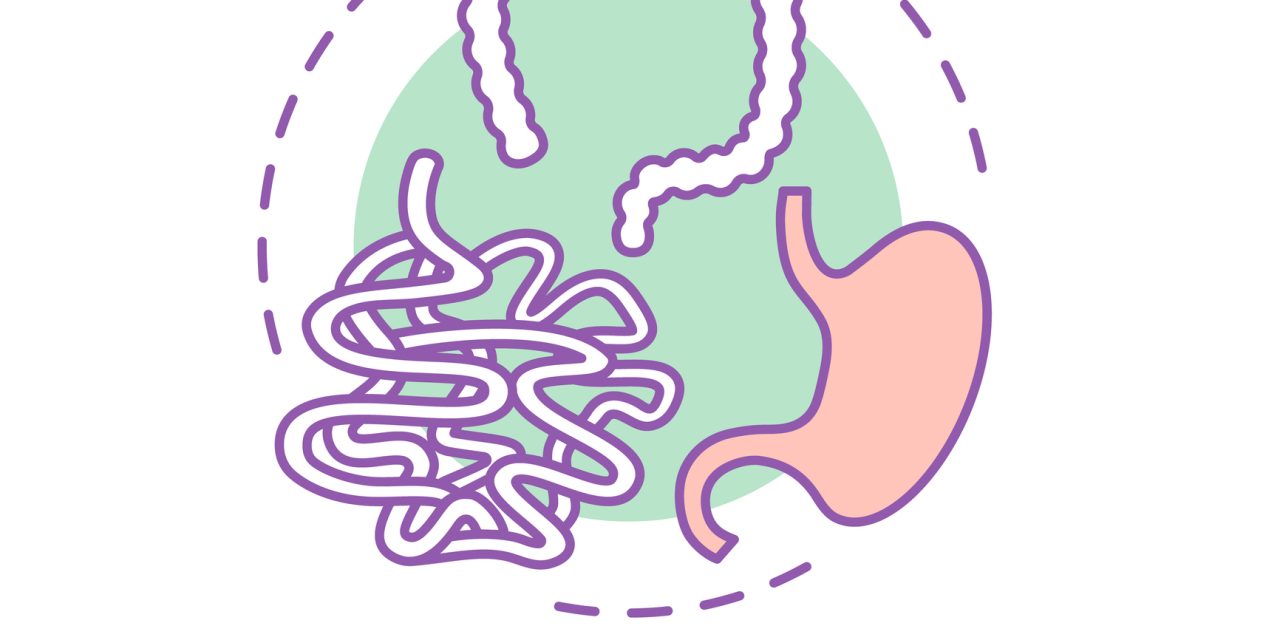To explore the effects and mechanisms of transcutaneous electrical acustimulation (TEA) on postoperative recovery after cesarean section (CS).
A total of 108 women who underwent CS were randomized to receive TEA or sham-TEA. Four hours after CS, electrogastrogram (EGG) and electrocardiogram (ECG) were recorded for 30 min to assess gastric slow waves and autonomic functions, respectively. TEA at ST36 or sham-TEA at non-acupoints was performed for one hour right after recording ECG and EGG and then twice daily from postoperative days (POD) 1 to 3. In the morning of POD4, the EGG and ECG were recorded again for 30 min.
TEA enhanced postoperative recovery associated with lower GI motility, reflected as a reduction in time of first flatus (p = 0.002) and time of first defecation (p < 0.001), an increase in the Bristol stool score (p < 0.001) and the number of SBMs (p < 0.001) in comparison with sham-TEA. TEA reduced symptoms associated with upper GI motility, including a reduction in time to resume semifluid (p = 0.008), and the total score of loss of appetite (p = 0.003) and belching (p = 0.038) from POD1 to POD3. Physiologically, TEA but not sham-TEA increased the percentage of normal gastric slow waves on POD4 compared with POD0 (p = 0.001). TEA reduced the visual analogue scale (VAS) pain score from POD1 to POD3 (p < 0.001). TEA but not sham-TEA increased vagal activity (p = 0.013) and decreased sympathetic activity (p = 0.013) on POD4 compared with POD0. Two factors were found to be independent predictors of shortened time of the first defecation: the use of TEA and a shorter surgical duration.
Needless non-invasive TEA at ST36 is effective in promoting both lower and upper GI symptoms after CS by enhancing vagal and suppressing sympathetic activities.
© 2020 International Neuromodulation Society.
Effects and Mechanisms of Transcutaneous Electrical Acustimulation on Postoperative Recovery After Elective Cesarean Section.


